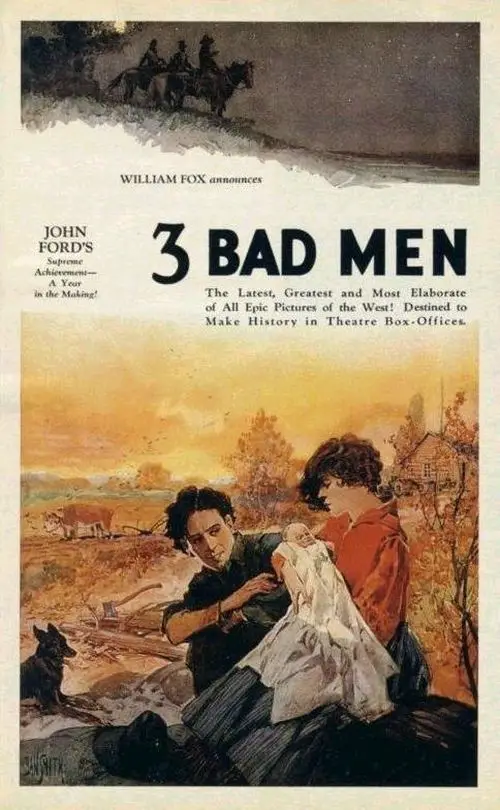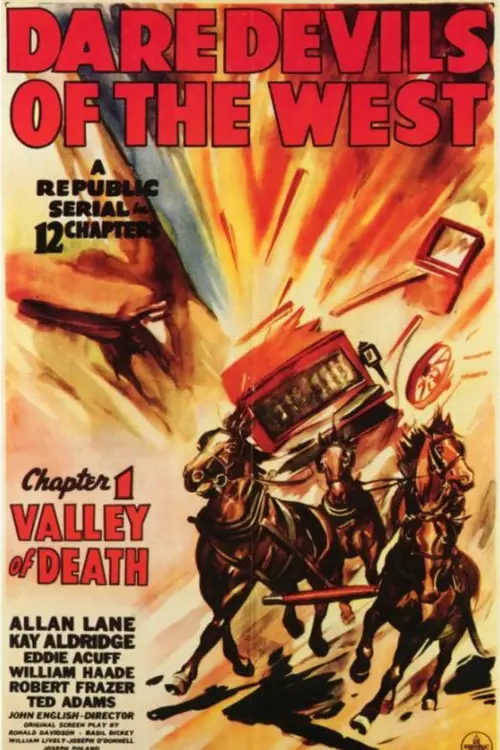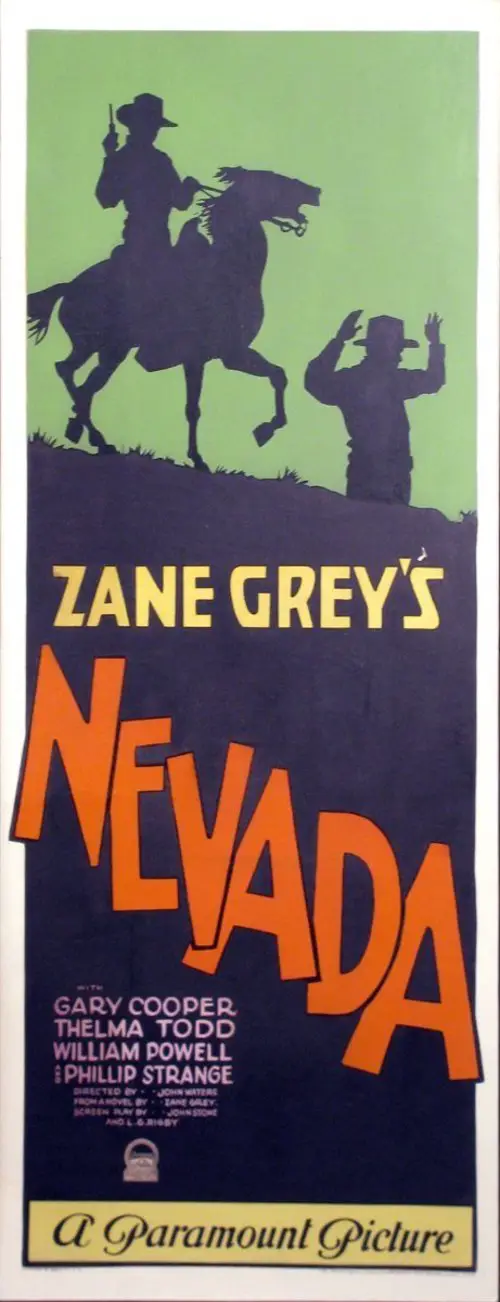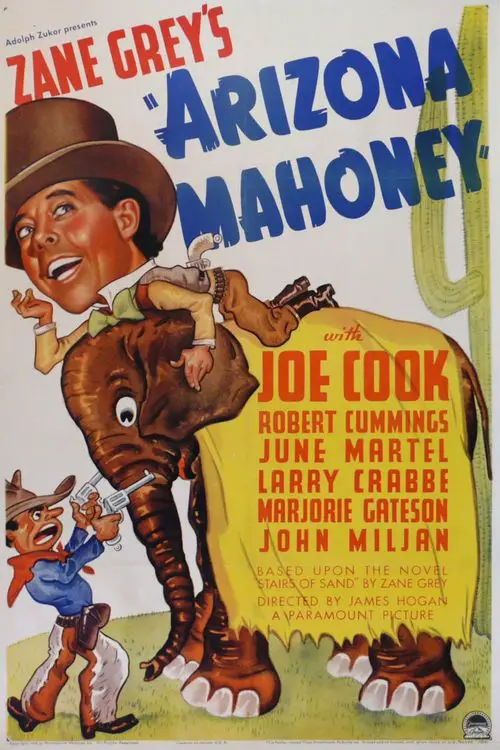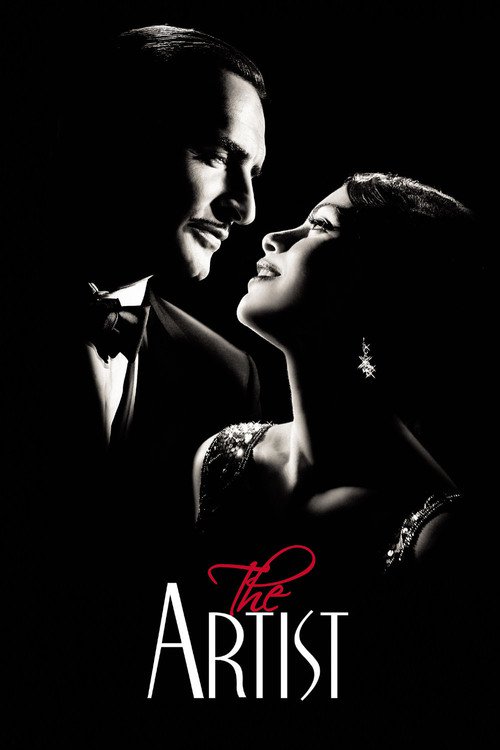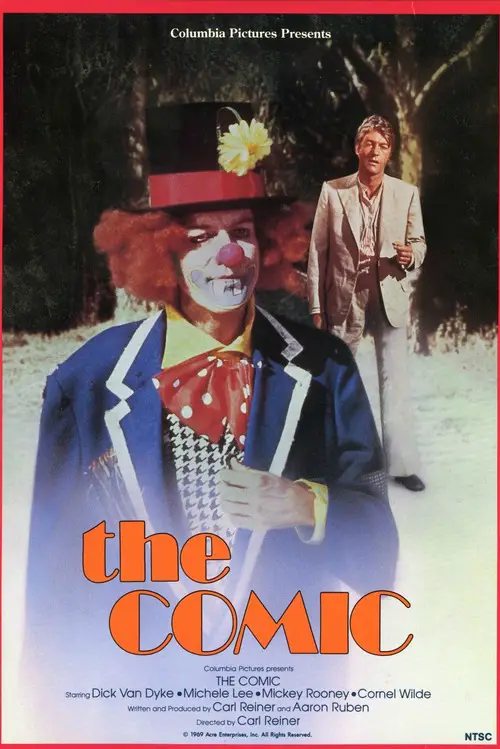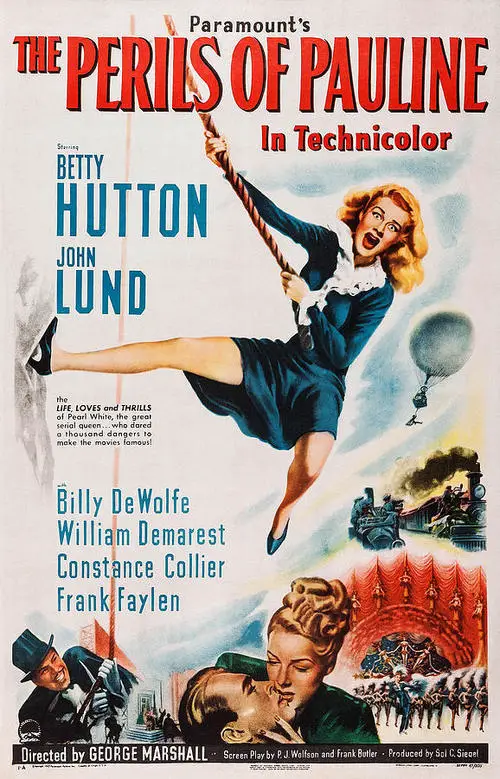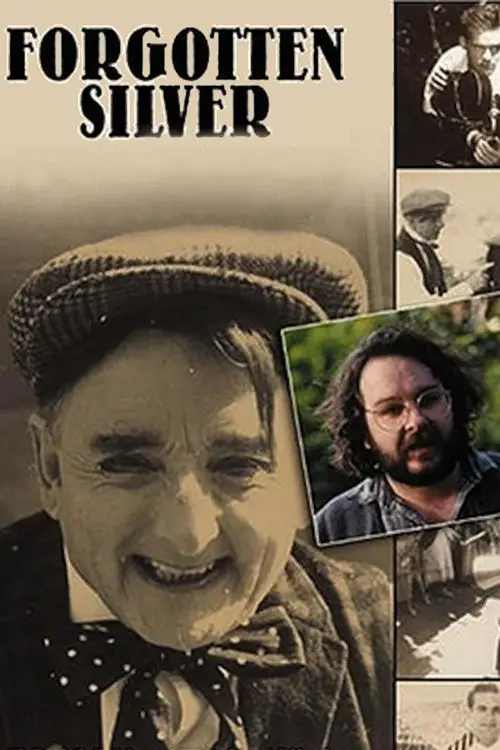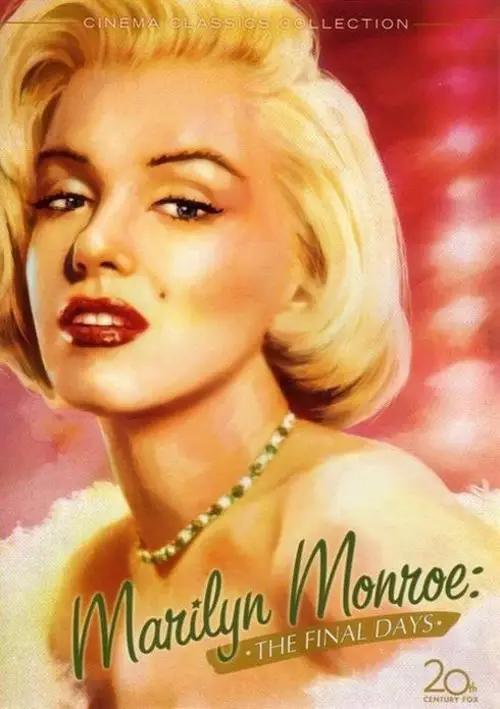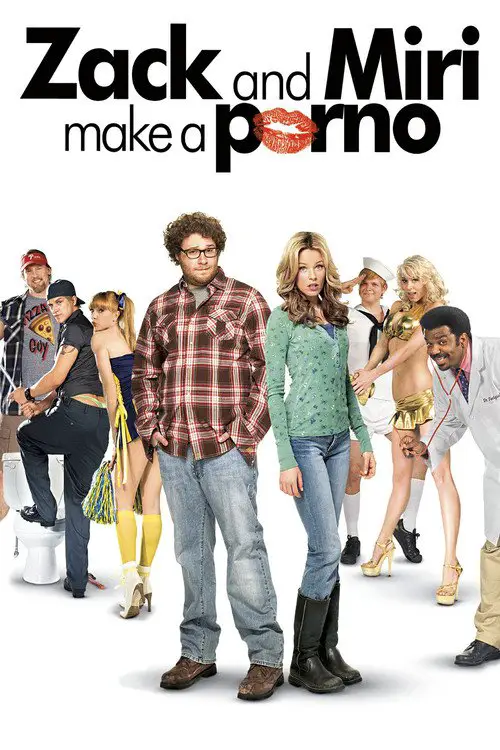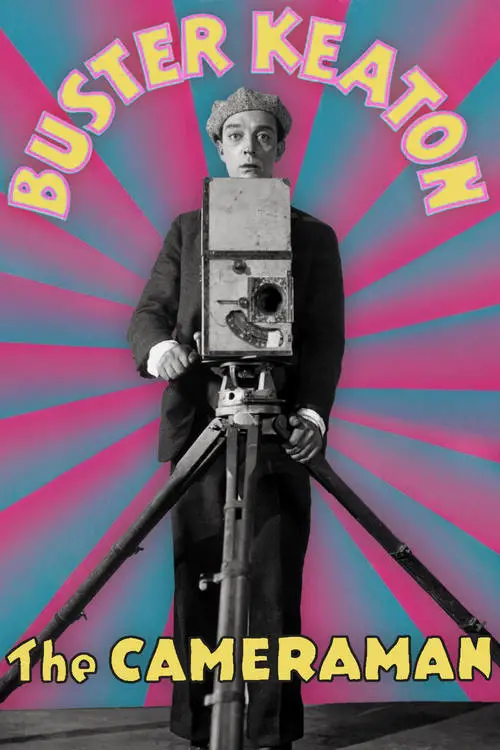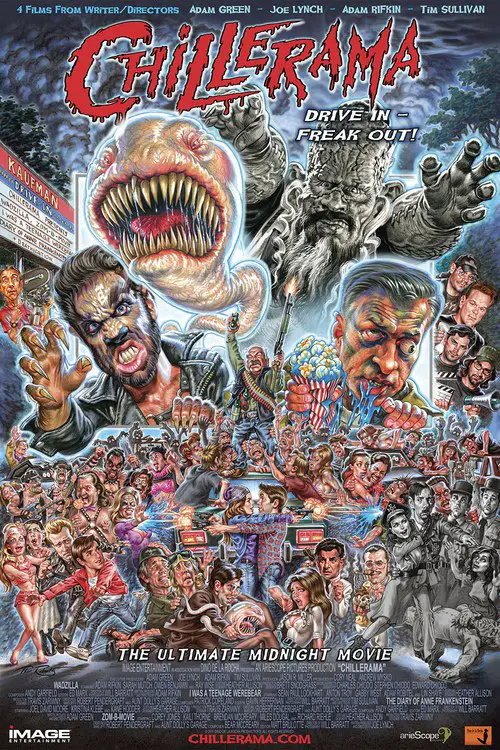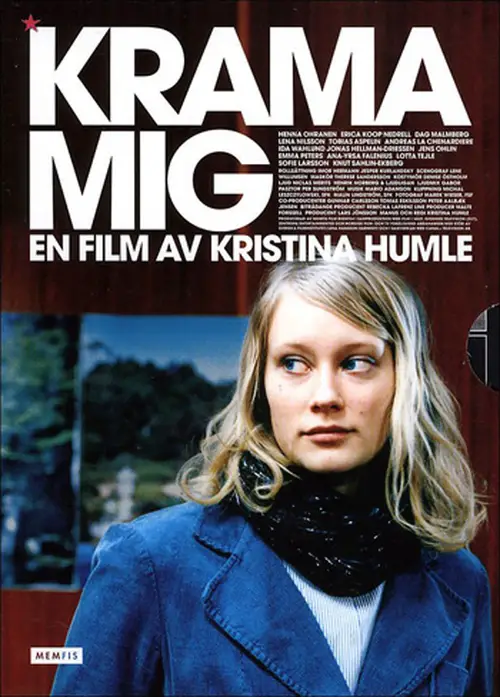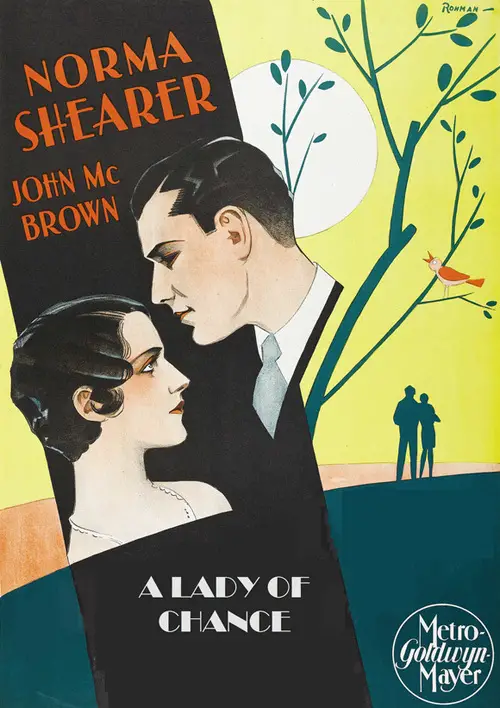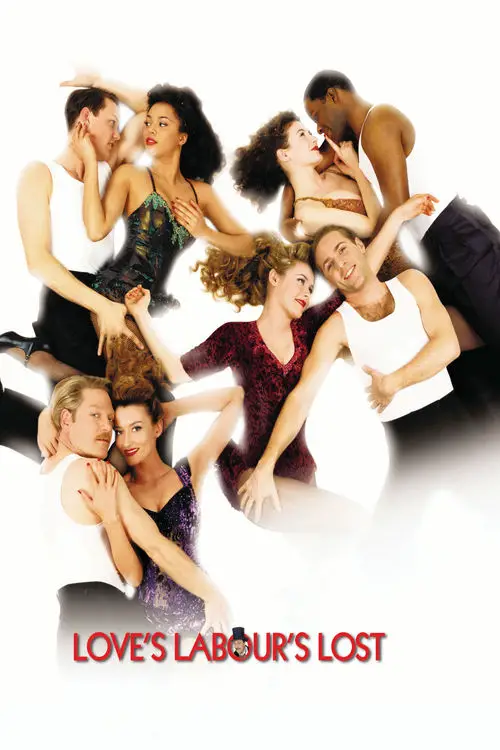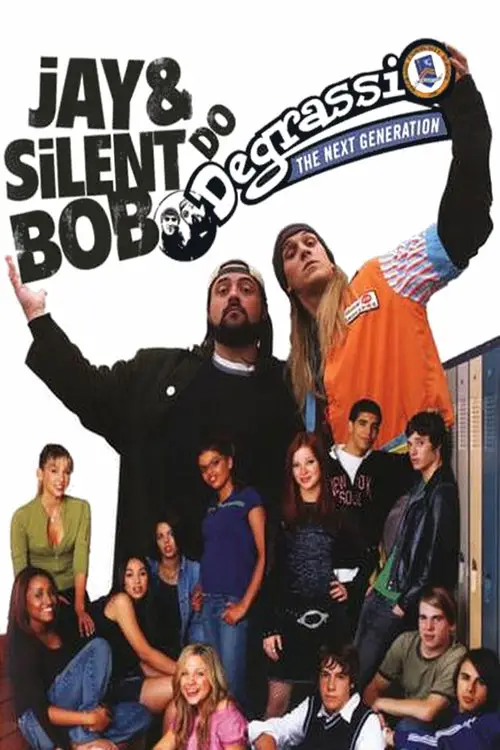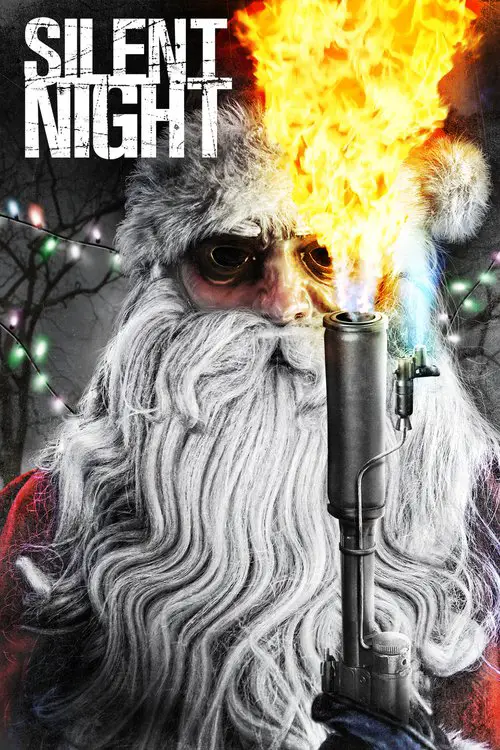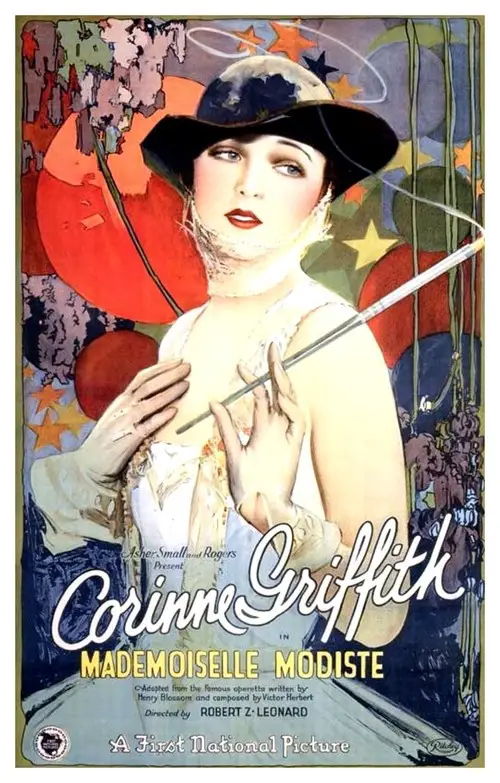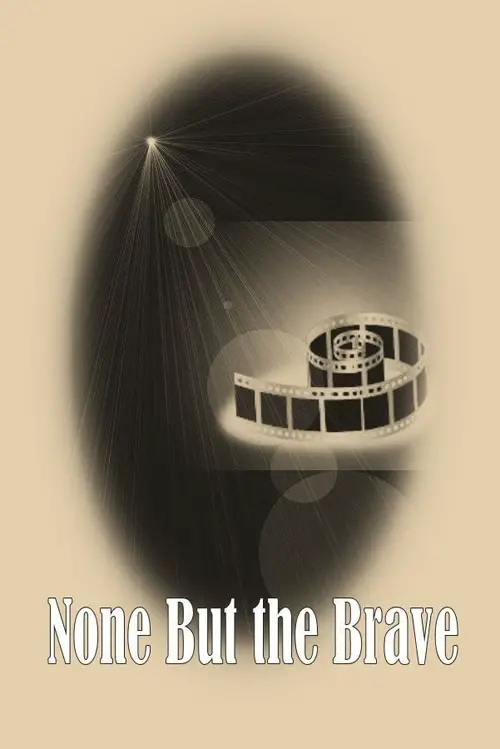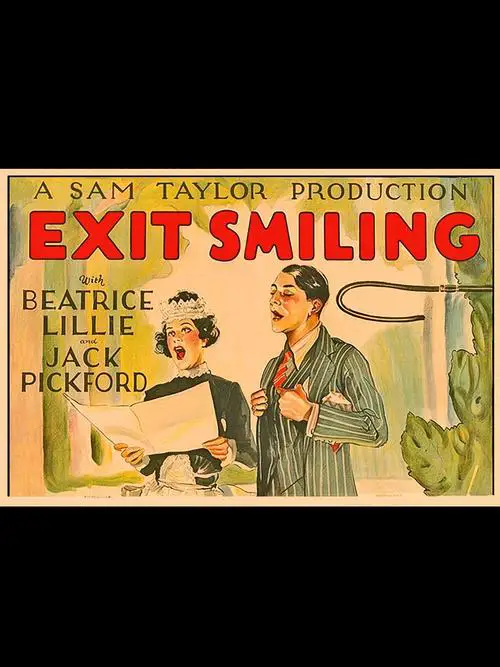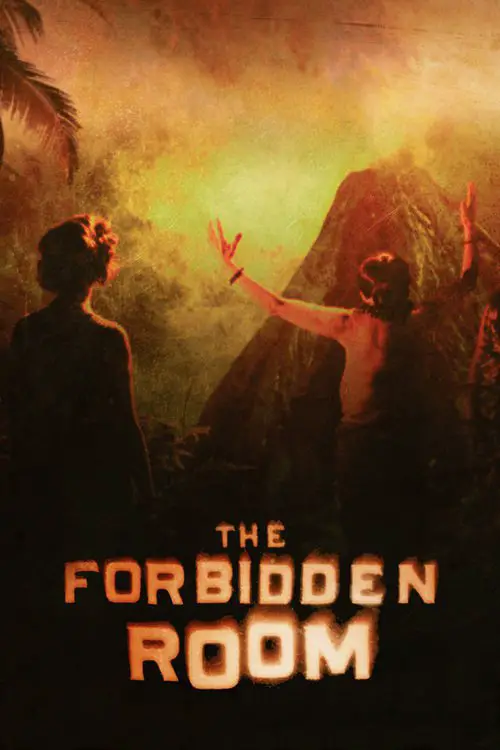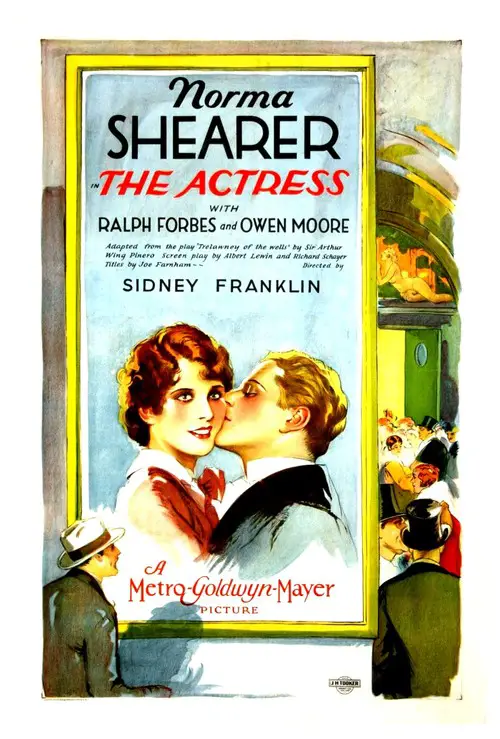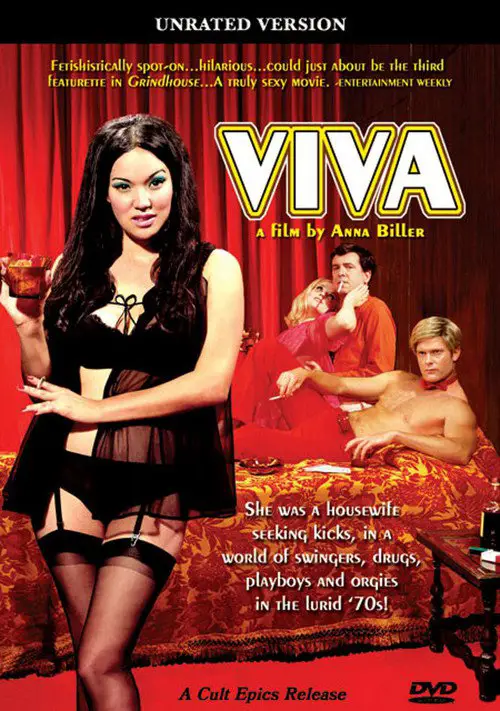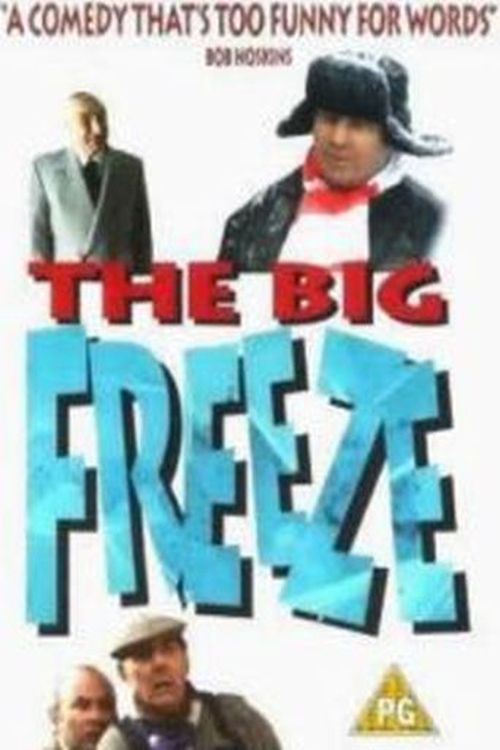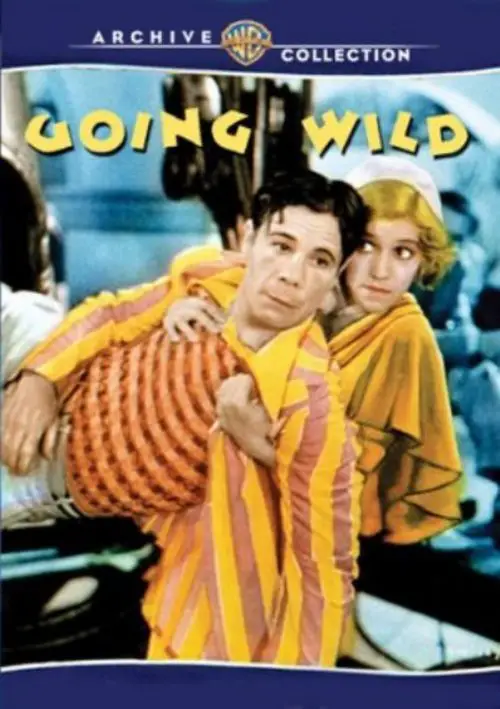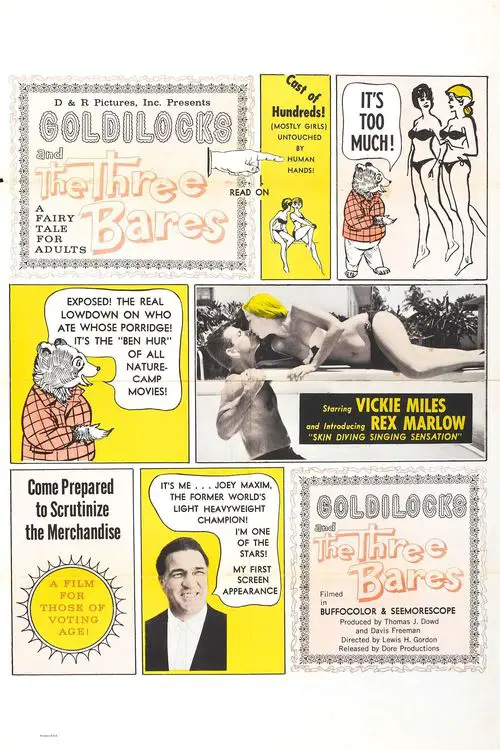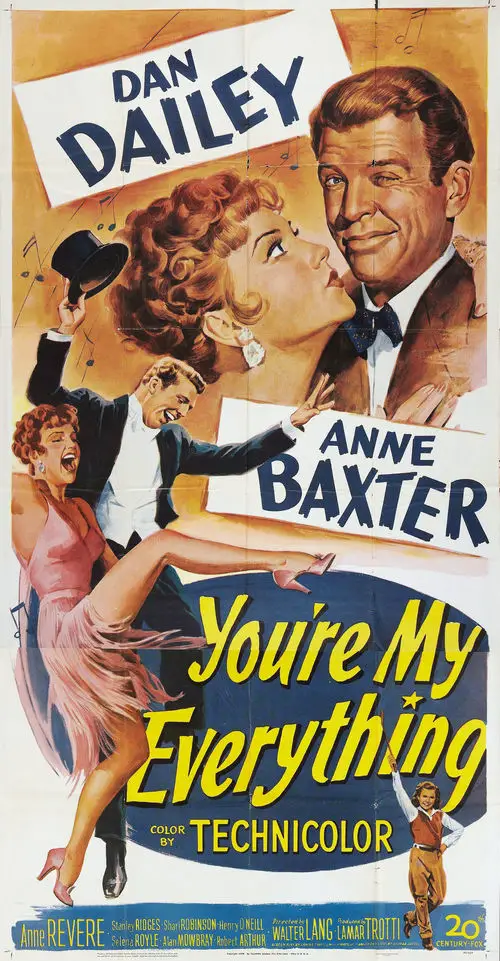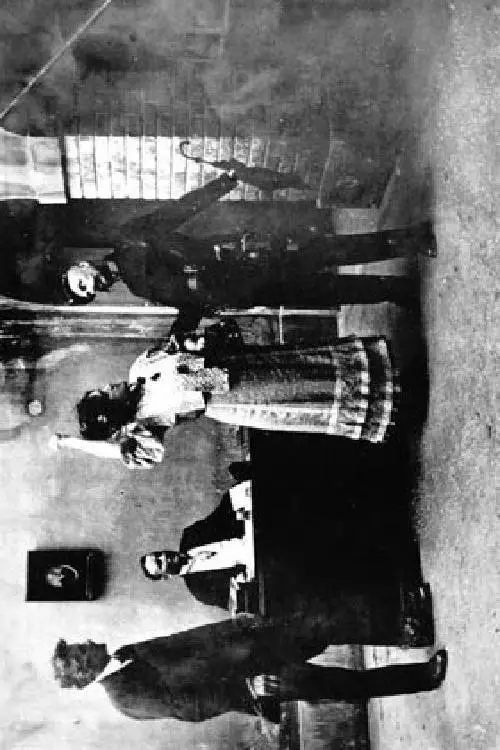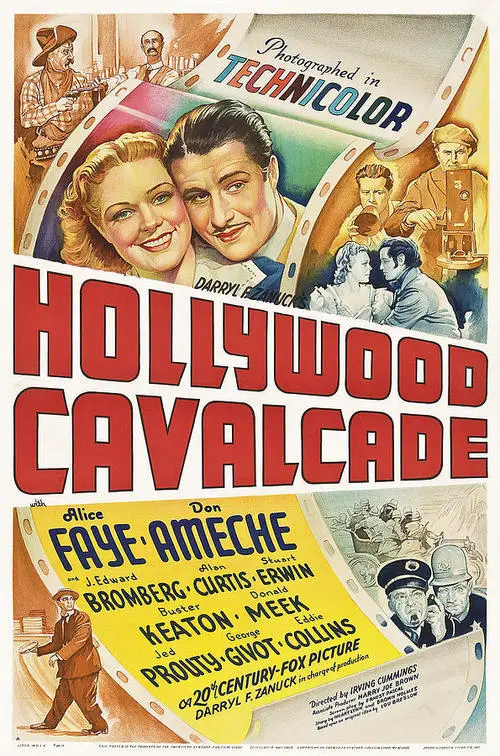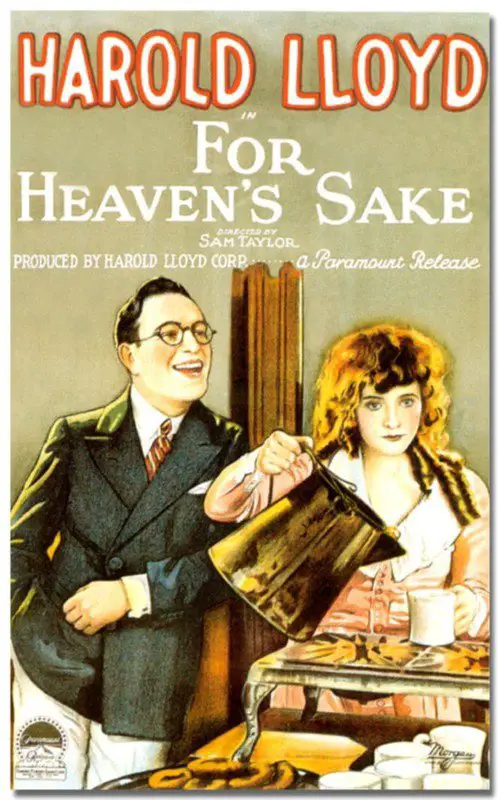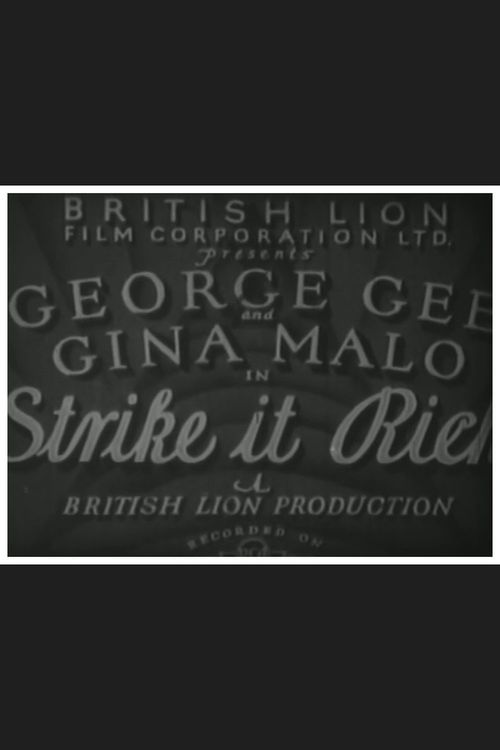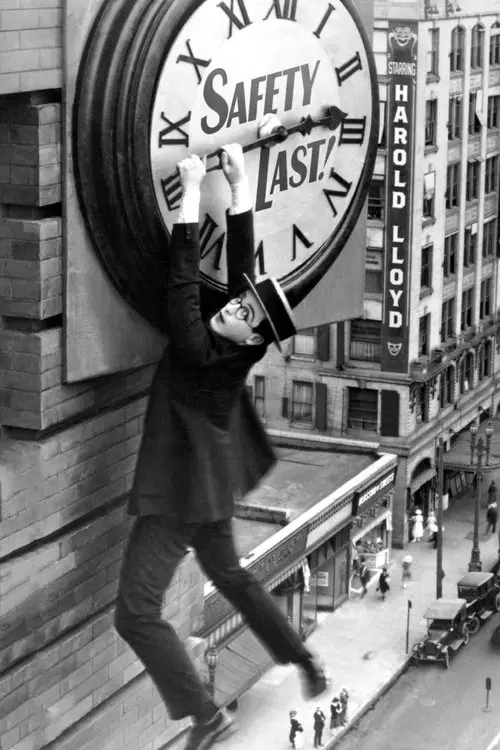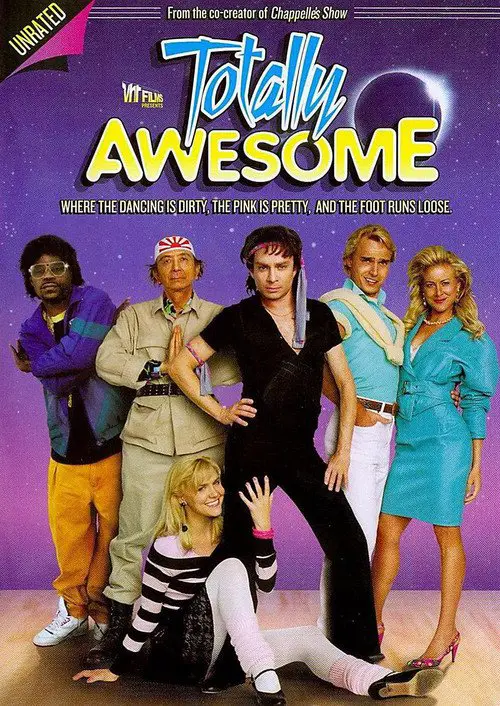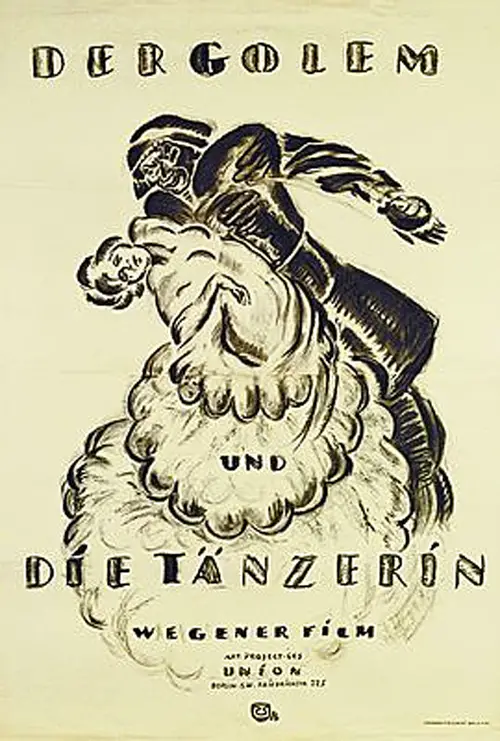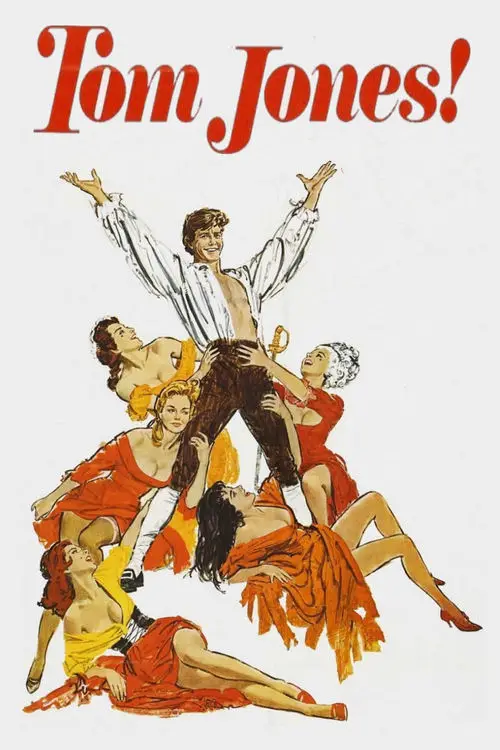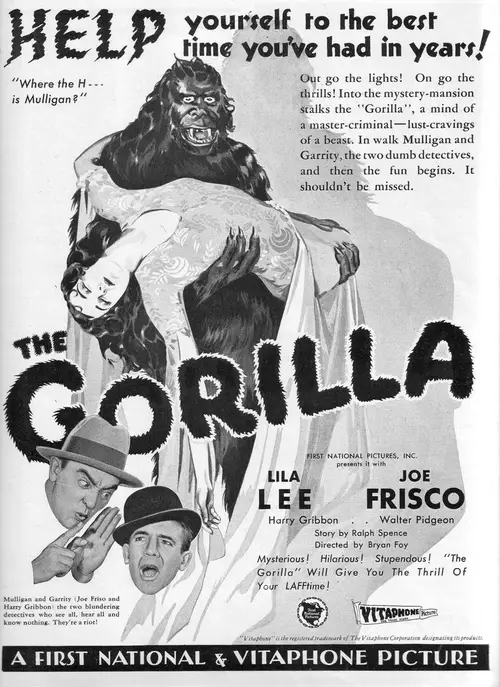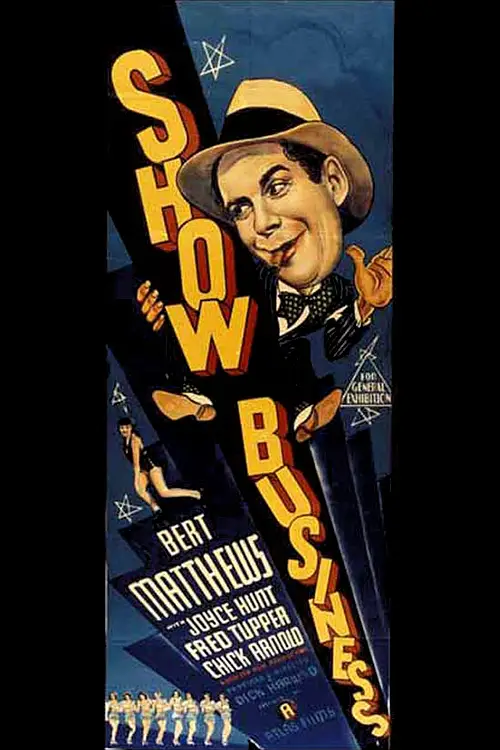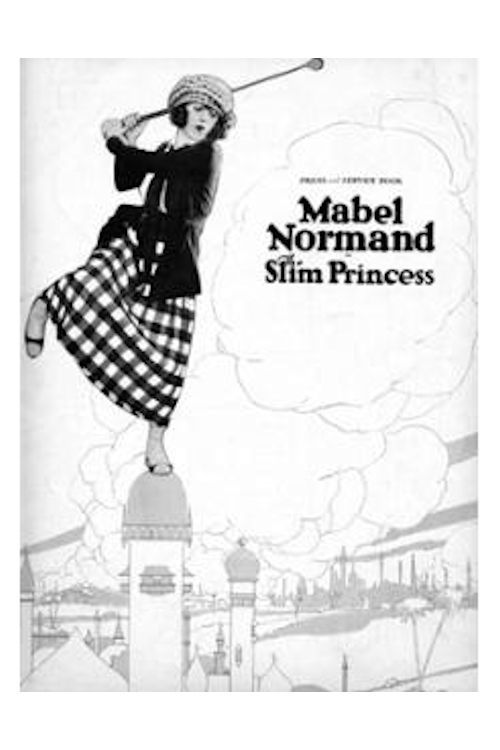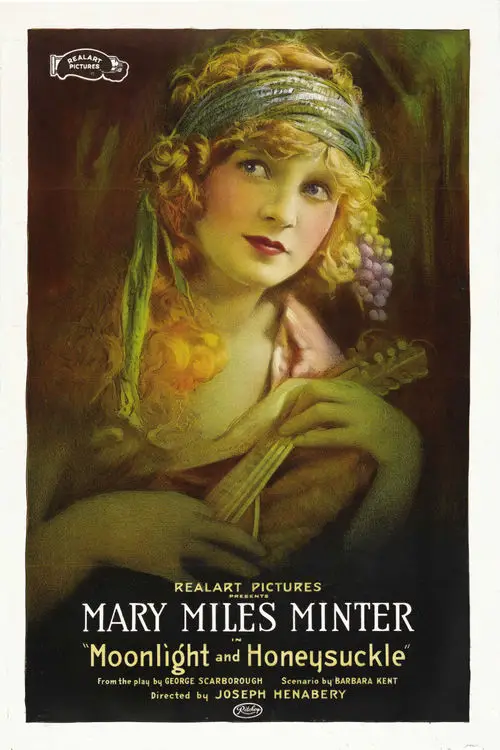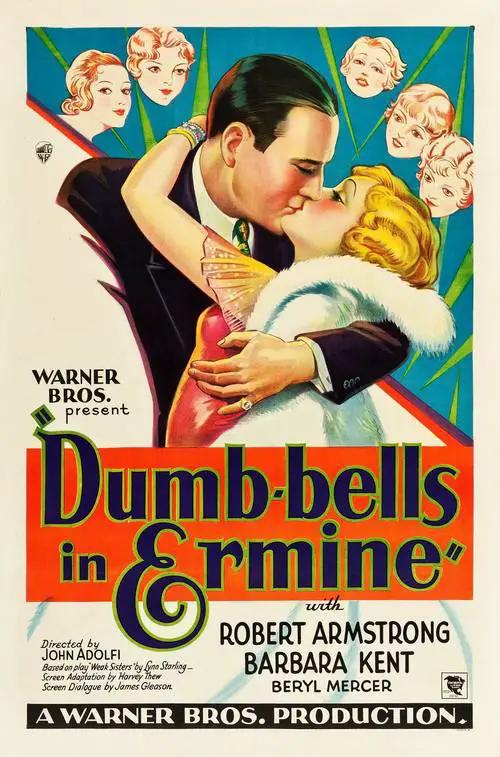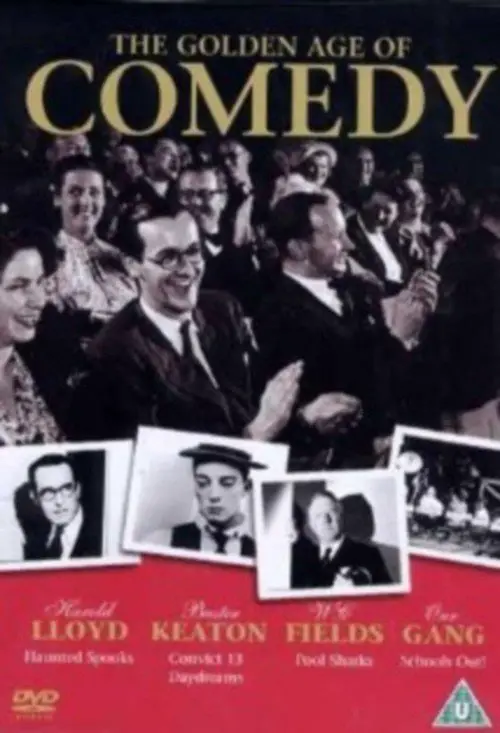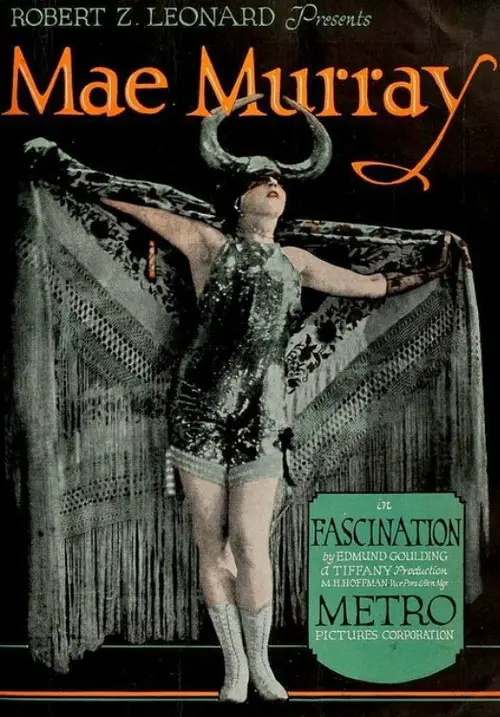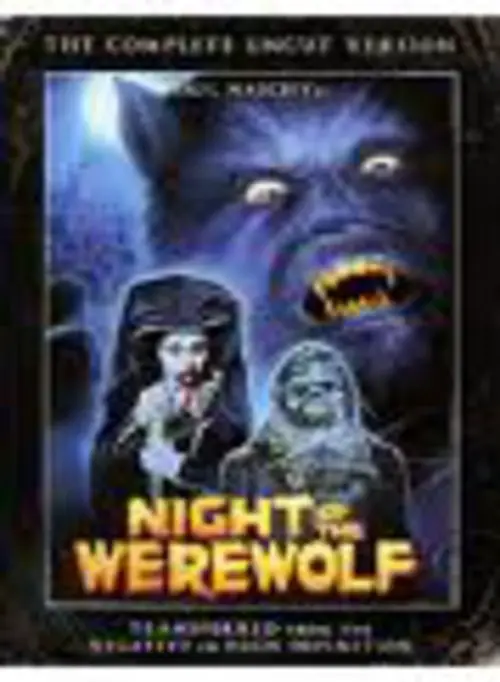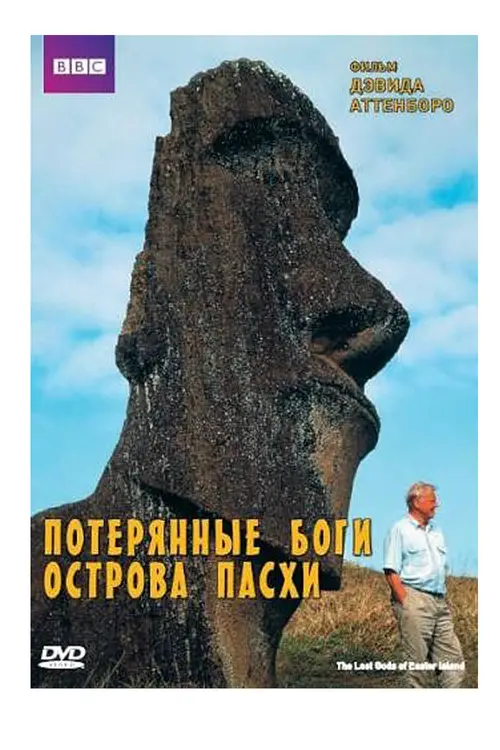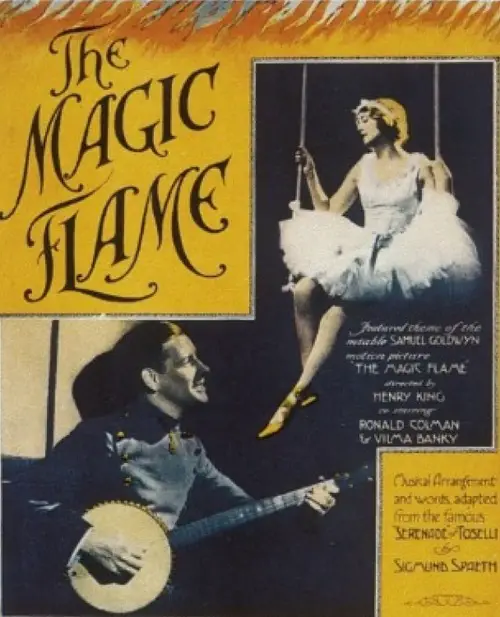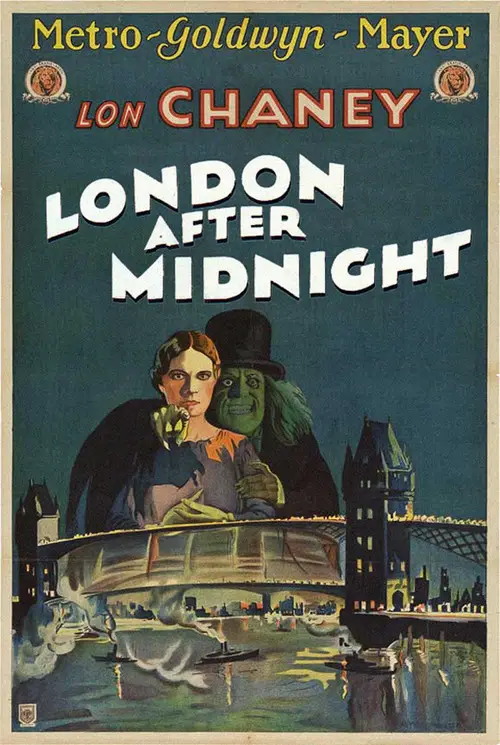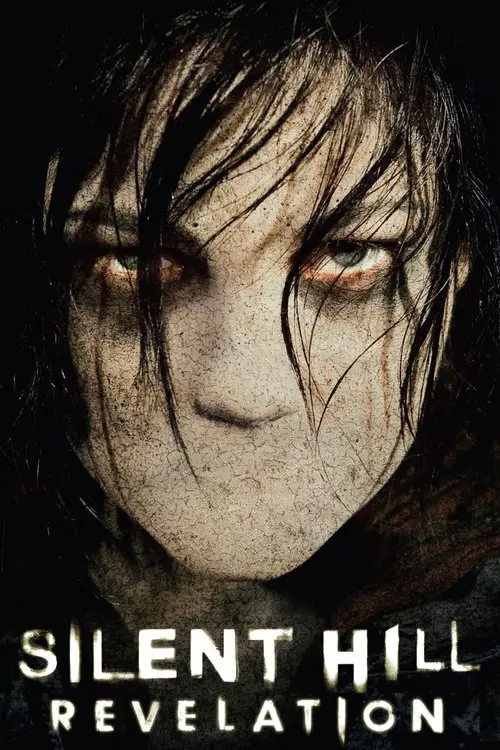The Best Bad Man (1925)
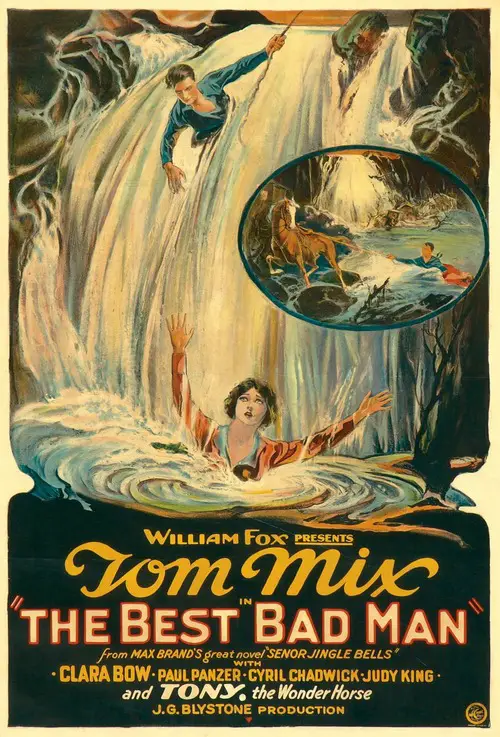
Similar movies
Daredevils of the West is a lightning-fast-paced Western cliffhanger serial released by Republic Pictures in 1943 starring Allan Lane and Kay Aldridge. The plot involves a gang of land-grabbers who try to prevent safe passage of the Foster Stage Company through frontier territory, however, the story of the serial is merely a framework for the setup of numerous elaborate stunt action sequences, cliff-hanging perils and fiery deathtraps which the hero and heroine must fight to survive. As was the case with other Republic serials released during wartime such as King of the Mounties and The Masked Marvel, a rapid, even frantic pace is evident throughout, which has made the serial a favorite among fans.
Nevada is a 1927 movie based upon a Zane Grey novel and starring Gary Cooper, Thelma Todd, and William Powell. This lavish Western film was remade in 1944 as an early Robert Mitchum B-picture, the only time Cooper and Mitchum played the same role. This movie still survives in a complete copy, but the films appearance is not the best, do probably to poor preservation, it's possible to make out scenes, but not as well as other highly restored silent films. This was a very early western role for Gary Cooper, but his fame in western would be more noticeable in talking pictures.
Aspiring filmmakers Mel Funn, Marty Eggs and Dom Bell go to a financially troubled studio with an idea for a silent movie. In an effort to make the movie more marketable, they attempt to recruit a number of big name stars to appear, while the studio's creditors attempt to thwart them. The film contains only one word of dialogue, spoken by an unlikely source.
The door of the mental hospital opens, releasing Ricky from its confines. He takes with him the terrifying memory of his brother Billy's death and the burning image of Mother Superior-the powerful figure that brought about his brother's violent demise. For Ricky, starting a new life means avenging his brother's death. By whatever means necessary, whether it be the cutting edge of a shiny steel knife blade, or the electrifying charge of a set of battery cables, Ricky is set in this blind journey of revenge leading ultimately to Mother Superior. As Mother Superior prays in the dark, we suggest she say an extra prayer for herself, because not even her faith will be enough to stop Ricky. But prayers will do little for in the silent part of this night!
An account of the rise and fall of a silent film comic, Billy Bright. The movie begins with his funeral, as he speaks from beyond the grave in a bitter tone about his fate, and takes us through his fame, as he ruins it with womanizing and drink, and his fall, as a lonely, bitter old man unable to reconcile his life's disappointments. The movie is based loosely on the life of Buster Keaton.
Funloving Pearl White, working in a garment sweatshop, gets her big chance when she "opens" for a delayed Shakespeare play...with a comic vaudeville performance. Her brief stage career leads her into those "horrible" moving pictures, where she comes to love the chaotic world of silent movies, becoming queen of the serials. But the consequences of movie stardom may be more than her leading man can take
This dryly funny mockumentary about the lost work of a pioneering New Zealand film genius is probably one of the best examples of the faux-documentary genre. In fact, it was so successful that when it originally aired on New Zealand television, hundreds of viewers bought the premise hook, line, and sinker. If you didn't know any better yourself, it's entirely possible you might be duped into believing the extremely tall tale of one Colin MacKenzie, an ambitious filmmaker who made the world's first talking movie (years before The Jazz Singer), invented color film, and created a huge biblical epic that would put Cecil B. DeMille and D.W. Griffith to shame. Filmmaker Peter Jackson (Heavenly Creatures) shrewdly inserts himself into the film via his documentation of the "discovery" of McKenzie's lost epic, which for years was preserved in a garden shed.
Marilyn Monroe's final project, "Something's Got to Give", has become one of the most talked about unfinished films in history. The story of the film and Marilyn's last days were seemingly lost⦠until now. Through interviews, never-before-seen footage and an edited reconstruction of "Something's Got to Give", Marilyn Monroe: The Final Days provides a definitive and fascinating look at the last act in the life of the world's most famous and tragic superstar.
The Great Stone Face portrays Luke Shannon, a "tintype" portrait photographer who develops a serious crush on Sally, a beautiful woman who works as a secretary for MGM's newsreel department. Luke's primary rival for Sally's affections is a cameraman for the company, so Luke decides to sign to the newsreel department in hopes of impressing her. However, his hand with a movie camera is not especially sure at first; he mistakenly double exposes a reel of film that results in battleships sailing down Broadway, while his attempts to get footage of a Tong battle seem more successful until an organ grinder's monkey runs off with his film. Luke gets the axe before long, but he's not about to give up, and he tries to find another way to impress his lady love.
It's the closing night at the last drive-in theater in America and Cecil B. Kaufman has planned the ultimate marathon of lost film prints to unleash upon his faithful cinephile patrons. Four films so rare that they have never been exhibited publicly on American soil until this very night! With titles like Wadzilla, Deathecation, The Diary of Anne Frankenstein, and Zom-B-Movie, Chillerama not only celebrates the golden age of drive-in B horror shlock but also spans over four decades of cinema with something for every bad taste.
The hilarious duo Jay & Silent Bob are back. Film icons Kevin Smith and Jason Mewes made history and fans all over the world with the characters Jay & Silent Bob from the movies Clerks, Mallrats, Chasing Amy, Dogma, Jay & Silent Bob Strike Back and Clerks 2. Now fans can see them live on stage in 3 sold out venues in the UK during their 2012 tour.
An update of the classic Shakespeare story, director Kenneth Branagh shot this movie like a classic 30s musical. Love's Labour's Lost tells the story of four best friends who swear off love. The King of Navarre and his three companions swear a very public oath to study together and to renounce women for three years. Their honour is immediately put to the test by the arrival of the Princess of France and her three lovely companions. It's love at first sight for all concerned followed by the men's highly entertaining but hopeless efforts to disguise their feelings.
Snoogans! What are Jay and Silent Bob doing in Canada? Rewindâ¦.what are they doing at DEGRASSI! One major perk to being a director is that you can live out your fantasies. Kevin Smith's fantasy? To be featured in a three episode arc of Degrassi: The Next Generation! Kevin Smith and Jason Mewes head north to film their next movie in which their alter egos are forced to go back to high school, called "Jay and Silent Bob Go Canadian, Eh?" And what better high school to shoot at that Degrassi Community School? But drama ensues even before the cameras begin to roll!
A theatrical troupe from the west end of London loses its leading lady (Rose Trelawny) when she goes off to marry a rich young man from the other side of town (Arthur Gower). The rest of the play deals with the budding romance and trials and tribulations of their love, as well as the changing face of late-19th-century theatre.
VIVA is about a bored housewife in 1972 who gets sucked into the sexual revolution. Abandoned by her husband, Barbi is dragged into trouble by her girlfriend, who spouts women's lib as she gets Barbi to discard her bra and go out on the town. Barbi becomes a Red Riding Hood in a sea of wolves, and quickly learns a lot more than she wanted to about nudist camps, the hippie scene, orgies, bisexuality, sadism, drugs, and bohemia. Saturated to the hilt with vibrant color and exquisite period detail, and full of the kind of innocent nude romps you see before censorship codes lifted, VIVA looks like a lost film from the late '60's, and is a tribute to the best of exploitation cinema, from Herschell Gordon Lewis' Suburban Roulette to Radley Metzger's Camille 2000.
Rollo and Lane just happen to be tossed off the train at White Beach where Robert Story -Air ace and writer- is supposed to stop. It is a case of mistaken identity as no one knows what Story looks like. So they get free room and meals at the Palm Inn and everything is going well until they want Story to fly in the race on Saturday. Rollo has never even be up in a plane, never mind fly one, so he must figure a way out. But the girls have everything bet on his winning the race. Written by Tony Fontana
In 1924, stage-struck Boston blueblood Hannah Adams picks up musical star Tim O'Connor and takes him home for dinner. One thing leads to another, and when Tim's show rolls on to Chicago a new Mrs. O'Connor comes along as incompetent chorus girl. Hollywood beckons, and we follow the star careers of the O'Connor family in silents and talkies. Includes good imitation "silents" with classic cameo by Buster Keaton.
The Uptown Boy, J. Harold Manners (Lloyd) is a millionaire playboy who falls for the Downtown Girl, Hope (Ralston) who works in Brother Paul's (Weigel) mission. In order to build up attendance, and win Hope's attention, Harold runs through town causing trouble, and winds up with a crowd chasing him right into the mission. He eventually wins the girl and they marry, but not without some interference from his high-brow friends.
Eddie Smart (George Gee) was born clumsy and is a laughing stock at work, the Sprouto Hair Tonic Company. One day a phrenologist reads his 'bumps' and pronounces him another Napoleon. Eddie becomes a changed man and issues orders to everyone. Meantime the boss believes Eddie to be the rightful owner of the company so let's him have his way. With the boss ill, Eddie invests heavily in the nutmeg market, almost bankrupting the company. By luck the research department discover that nutmeg is the secret ingredient for the new hair-restorer. The 1933 British Lion comedy feature film "Strike It Rich" starring George Gee and Gina Malo seems to be a 'lost' film on the 35mm cinema film format. However it was released (sadly savagely cut) on the UK Pathescope 9.5mm home movie film format in December 1938. One musical number was cut from the 9.5mm feature film release, but issued separately in a 9.5mm Pathe Vox Review. This print has this extra item edited back in.
Do you prefer to wax on or wax off? Preacher won't let you dance? Well then, put Baby in the corner and come on down, 'cause VH1 is bringing back more of the'80s you love in this feature-length film, Totally Awesome. The Gundersons have just moved across the country and the kids - Charlie, Lori, and Max - are trying their best to acclimate themselves into a new school and all kinds of dilemmas therein: the need to dance, the pitfalls of young love, the quest for popularity, scientific genius and of course the quirky but loveable Japanese gardener. Totally Awesome takes all your favorite '80s-flick mainstays and weaves them into the biggest and baddest plotline ever conceived. Tot say it is radical would be an understatement.
Two brothers, Bill and Wally Winter, become infatuated with a gold digger, Nina Bellamy. She persuades them to ask their wealthy father, Sir James, for â¤10,000 so Bill can produce a stage show and Wally a movie, both starring Nina. Sir James discovers the truth about Nina and gives his son the money, provided they leave town in secret for one month to write their shows and that they only use new talent.
Kalora is the "slim princess of Morevana," a land in which fat is prized. This distresses her family, who must marry off Kalora, before her rotund younger sister Papova may wed. To remedy this situation, Kalora's father, the governor general, throws a garden party and disguises his slim daughter in an inflated rubber suit. All goes well until the suit ruptures, deflating Kalora to her normal size....
When an Arizona ranchman (Willard Louis) is elected senator, he heads for Washington with his daughter, Judith Baldwin (Mary Miles Minter). But they leave behind ranch hand Tod Musgrove (Monte Blue), who is in love with Judith. In Washington, two men propose to Judith -- Congressman Hamill (Guy Oliver) and Robert Courtney (William Boyd). Since she doesn't know which one to pick, she puts them to a test at her aunt's woodland cabin.
In a small town in Virginia, Faith Corey, daughter of a socially prominent family, meets and falls in love with Jerry Malone, a prizefighter, though her straitlaced mother wants her to marry Siegfried, a spellbinding "missionary reformer." Though Grandma Corey promotes the romance with the prizefighter, Mike, the fighter's hardboiled, wisecracking manager, tries to keep them apart; following a quarrel, Faith reconciles herself to marrying Siegfried, but when he invites a group of "weak sisters" to a revival meeting, he is disgraced when one accuses him of her downfall. Finally, with Mike's advice, Jerry wins back Faith and they are united with the family's blessings.
Greed is the classic 1924 silent film by Erich von Stroheim about a woman who wins the lottery thus becoming obsessed with money and ruining her marriage and the people around her. The film was originally 10 hours long and dramatically and realistically depicted word for word the Frank Norris novel McTeague. Only about 2 hours exist today as it is considered the 'Holy Grail' of lost films.
1968 Spanish horror film that is the second in a long series about the werewolf Count Waldemar Daninsky, played by Paul Naschy. The film is considered a lost film. It apparently was never theatrically released, nor has it ever turned up on video. Since Naschy insisted the script was filmed, it has come to be referred to as the second of the 12 Waldemar Daninsky werewolf movies, even though no one has ever seen it. To make matters even stranger, the lead actors whom Naschy attributed to this film (Peter Beaumont and Monique Brainville) apparently never existed. The "French director" Rene Govar seems to have directed only this one film as he has no other credits under his name on imdb.com. This is why most Naschy fans regard this movie listing as a hoax, some thinking that Naschy may even have made it up to boost his resume at a time when he was just starting out in the industry.
Among the pieces featured in Fragments are the final reel of John Ford's The Village Blacksmith (1922) and a glimpse at Emil Jannings in The Way of All Flesh (1927), the only Oscar®-winning performance in a lost film. Fragments also features clips from such lost films as Cleopatra (1917), starring Theda Bara; The Miracle Man (1919), with Lon Chaney; He Comes Up Smiling (1918), starring Douglas Fairbanks; an early lost sound film, Gold Diggers of Broadway (1929), filmed in early Technicolor, and the only color footage of silent star Clara Bow, Red Hair (1928). The program is rounded out with interviews of film preservationists involved in identifying and restoring these films. Also featured is a new interview with Diana Serra Cary, best known as "Baby Peggy," one of the major American child stars of the silent era, who discusses one of the featured fragments, Darling of New York (1923).
The Magic Flame (1927) is a feature film directed by Henry King, produced by Samuel Goldwyn, and based on the play Konig Harlekin by Rudolph Lothar. George Barnes was nominated at the 1st Academy Awards for Best Cinematography. The film promoted itself as the Romeo and Juliet of the circus upon its release. This is now considered to be a lost film.The first five reels are rumored to exist at the George Eastman House.
The eerie and deserted ghost town of Silent Hill draws a young mother desperate to find a cure for her only child's illness. Unable to accept the doctor's diagnosis that her daughter should be permanently institutionalized for psychiatric care, Rose flees with her child, heading for the abandoned town in search of answers â and ignoring the protests of her husband. It's soon clear this place is unlike anywhere she's ever been. It's smothered by fog, inhabited by a variety of strange beings and periodically overcome by a living 'darkness' that literally transforms everything it touches. As Rose searches for her little girl, she begins to learn the history of the strange town and realizes that her daughter is just a pawn in a larger game.
When Roger Balfour is found shot dead in his London home, his death is declared a suicide by Inspector Burke of Scotland Yard, even though the executor of Balfour's estate, Sir James Hamlin, insists his friend never would have taken his own life. Five years later, the abandoned Balfour house comes to life again with the arrival of two sinister-looking tenants: a fiendish-looking man with pointed teeth, bulging eyes and a tall beaver hat, and a pale young woman in a long gown. The presence of the strangers prompts Sir James, who lives next door, to call in Inspector Burke again. Also living in the Hamlin household are the other people who were also present in Balfour's house the night he died: Sir James' nephew, Arthur Hibbs; the late Balfour's now-grown daughter, Lucille; and Williams, the butler. Burke expresses skepticism about Sir James' suspicions that the new neighbors might have been involved in Balfour's death...
Heather Mason and her father have been on the run, always one step ahead of dangerous forces that she doesn't fully understand, Now on the eve of her 18th birthday, plagued by horrific nightmares and the disappearance of her father, Heather discovers she's not who she thinks she is. The revelation leads her deeper into a demonic world that threatens to trap her forever.
© Valossa 2015–2025
| Privacy Policy
